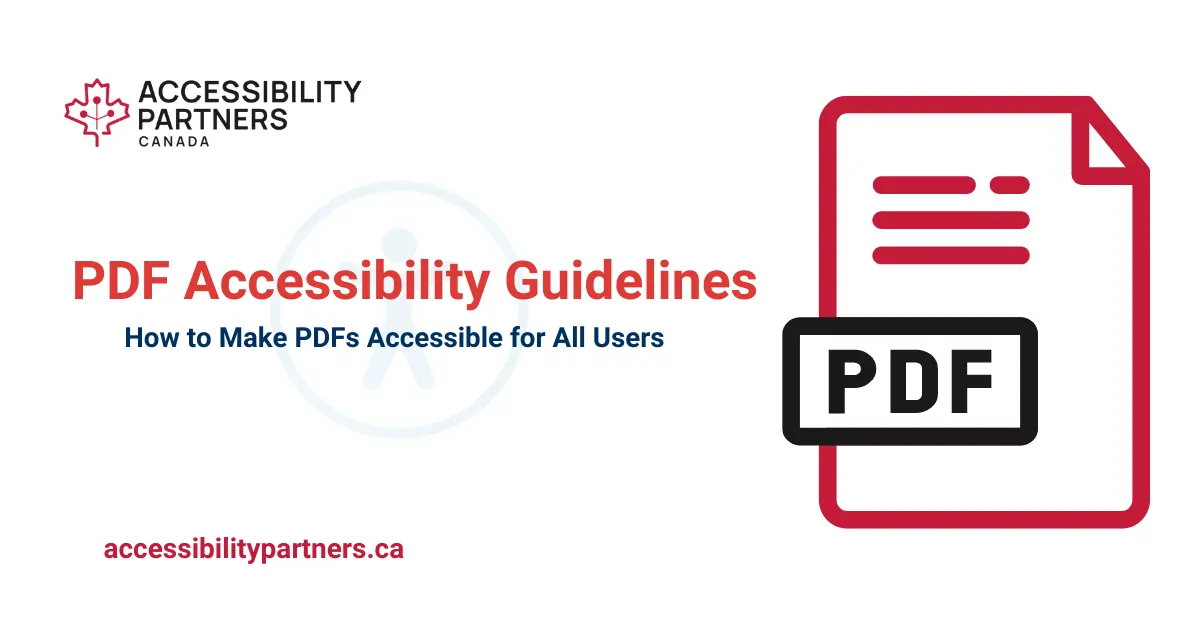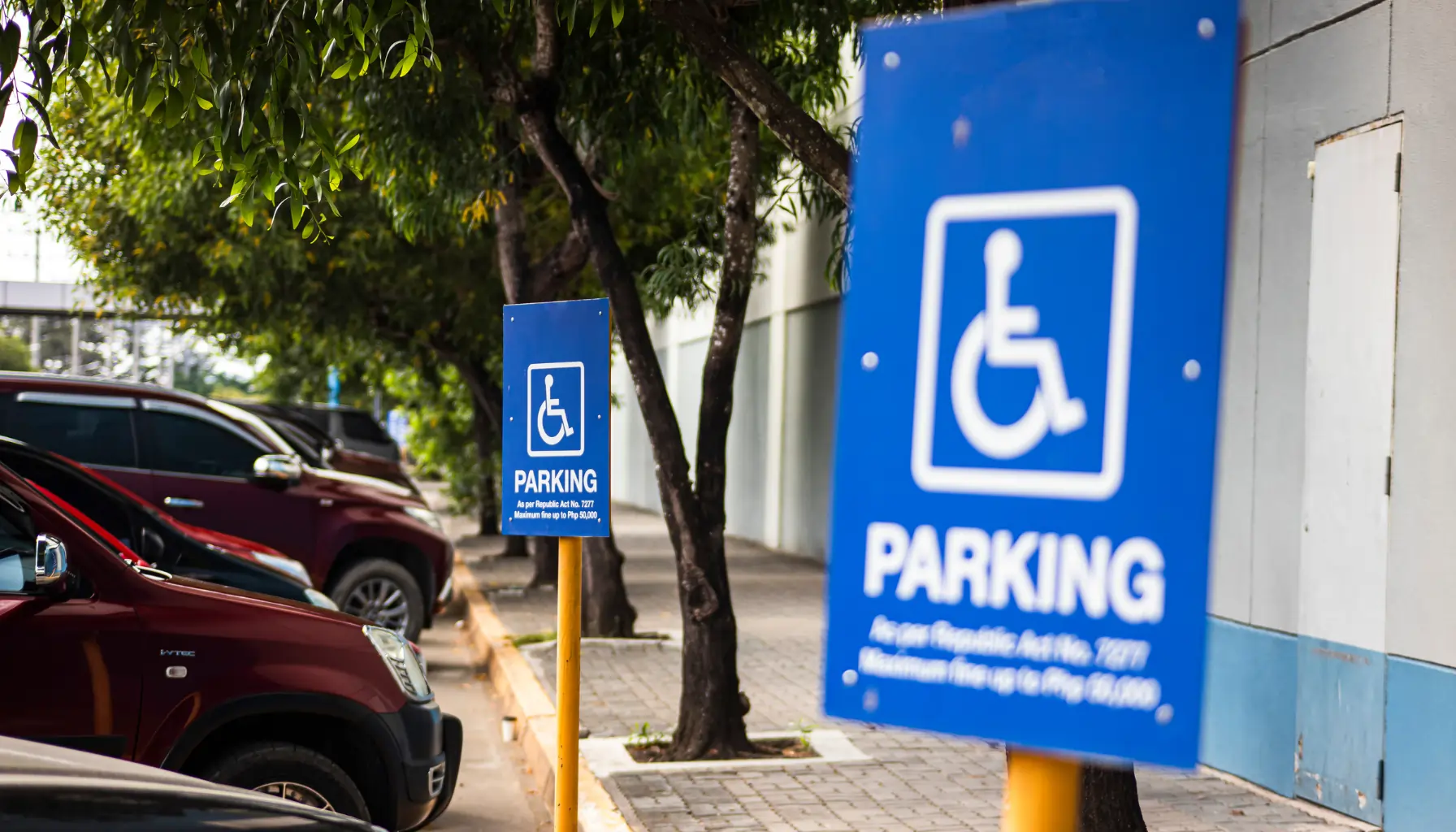Ensuring accessibility is not just about compliance—it’s about creating inclusive experiences for all users, including people with disabilities. An accessibility audit evaluates websites, apps, and physical spaces to identify barriers that may prevent users from fully engaging with content or services.
But how much does an accessibility audit cost in Canada?
The price varies based on several factors, including the type of audit (website, mobile app, or physical space), the complexity of the system being tested, and the level of compliance required (EN 301 549, WCAG 2.0 – 2.2, etc.). On average, a website accessibility audit cost can range from $2,500 to $15,000, while physical accessibility audits can start at $3,000 and go up depending on the scope of the evaluation.
Businesses that fail to comply with accessibility laws like AODA (Accessibility for Ontarians with Disabilities Act, 2005) and the Accessible Canada Act (ACA) may face legal penalties and reputational risks. Investing in an accessibility compliance audit helps organizations avoid fines, improve user experience, and create a more inclusive environment for all customers.
In this guide, we’ll break down the cost of accessibility audits in Canada, explain their importance, and help you determine the best audit approach for your business.
What is an Accessibility Audit?
An accessibility audit is a comprehensive evaluation that assesses whether a website, digital platform, mobile app, or physical location meets accessibility standards. These audits identify barriers that may prevent people with disabilities from navigating and using services effectively.
Why Are Accessibility Audits Important for Businesses in Canada?
In Canada, businesses must comply with accessibility laws such as:
- The Accessibility for Ontarians with Disabilities Act (AODA): Requires websites and digital content to meet WCAG 2.2 Level AA standards.
- The Accessible Canada Act (ACA): Mandates federally regulated businesses to remove accessibility barriers across digital and physical environments.
Failing to comply can result in fines of up to $100,000 per day (AODA) or $250,000 per violation (ACA). Beyond legal risks, inaccessible services can alienate 20% of Canadians who live with disabilities—approximately 7.6 million people.
A professional accessibility audit provides businesses with a detailed report of compliance gaps, recommendations for remediation, and strategies to improve accessibility. This proactive approach ensures inclusivity, enhances brand reputation, and helps organizations reach a wider audience.
A Detailed Breakdown of Accessibility Audit Costs
When considering an accessibility audit, it’s important to understand that costs can vary based on the type of audit—whether digital (websites and mobile apps) or physical spaces. Factors like size, complexity, and the level of compliance required significantly influence pricing.
Here’s a detailed breakdown of what you can expect for both digital and physical accessibility audits:
Website & App Accessibility Audit Costs
The cost of a website accessibility audit in Canada depends on the size, complexity, and compliance level required. Websites and mobile apps are assessed against WCAG 2.2 Level AA standards to ensure they are accessible for users with disabilities.
Estimated Costs for Digital Accessibility Audits:
- Basic Website Audit (1-10 pages): $2,500- $5,000
- Mid-Sized Website Audit (10-50 pages): $5,000 – $10,000
- Enterprise-Level Website Audit (50+ pages): $10,000 – $25,000
- Mobile App Accessibility Audit: $5,000-$20,000
- E-commerce or Complex Web Apps: $15,000-$30,000
Website audits include website accessibility testing with assistive technologies (screen readers, voice commands), automated scans, manual expert reviews, and compliance reporting. The website accessibility audit cost increases if extensive remediation is needed.
Physical Space Accessibility Audit Costs
For businesses with brick-and-mortar locations, a physical accessibility audit ensures that facilities comply with regulations like AODA (Ontario) and the Accessible Canada Act (ACA). These audits evaluate entrances, parking, pathways, signage, counters, ATMs, washrooms, and emergency exits.
Estimated Costs for Physical Accessibility Audits:
- Small Office/Storefront (Under 2,000 sq. ft.): $3,000- $5,000
- Medium-Sized Business (2,000 – 10,000 sq. ft.): $5,000-$12,000
- Large Office or Public Space (10,000+ sq. ft.): $12,000 – $25,000
- Multi-Location/Corporate Audit: $15,000+
These audits provide detailed reports, compliance recommendations, and implementation strategies to improve accessibility. Costs increase for multi-location assessments or businesses requiring extensive retrofitting.
Factors That Affect Accessibility Audit Cost
The cost of an accessibility audit can vary widely depending on several key factors. Understanding these elements helps businesses plan effectively while ensuring compliance with accessibility standards.
Scope of the Audit
Larger audits covering multiple platforms (websites, mobile apps, physical spaces) cost more than a single audit for one area.
Complexity
A basic website will cost less to audit than a feature-rich e-commerce site or financial platform that requires advanced testing.
Type of Audit
- Automated audits (AI-powered scans) are cheaper but lack accuracy.
- Manual audits (conducted by accessibility experts) are more expensive but provide detailed, accurate insights.
- Hybrid audits (combining both methods) offer the best balance of cost and thoroughness.
Conclusion
Understanding accessibility audit costs is essential for businesses looking to comply with AODA and the Accessible Canada Act (ACA). Prices vary depending on the type of audit, complexity, and scope—with website audits typically ranging from $2,500 to $30,000 and physical audits from $3,000 to $25,000.
Investing in an accessibility compliance audit helps businesses avoid legal risks, improve user experience, and expand their customer base. Whether for web accessibility or physical location compliance, these audits ensure inclusivity while protecting against costly violations.
FAQs
Are there additional costs for accessibility audits of physical spaces?
Yes, costs may increase if a business has multiple locations or requires an audit for specialized features like elevators or public transit accessibility.
What’s included in an accessibility audit report?
Accessibility audit reports include detailed findings, compliance scores, WCAG/AODA/ACA violations, and recommendations for remediation.
Can an accessibility audit help me meet legal requirements for my business?
Yes, audits help businesses comply with AODA, ACA, and WCAG 2.2 standards to avoid legal penalties.
What are some common accessibility issues found during audits?
- Websites: Missing alt text, poor color contrast, lack of captions, inaccessible forms.
- Physical Spaces: No ramps, automatic doors, or Braille signage.
Do accessibility audits only apply to websites, or do they also cover physical spaces?
Both! Digital and physical spaces must be audited to ensure compliance with accessibility laws.
Does the AODA require regular accessibility audits?
Yes, Ontario businesses must maintain AODA compliance through ongoing audits and updates.
How often should Canadian businesses conduct accessibility audits?
Annual audits are recommended to keep up with compliance changes and website updates.







